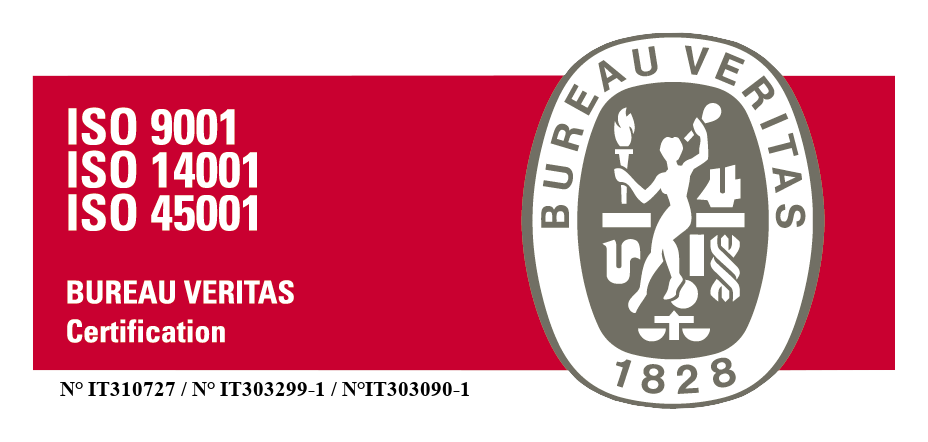UNUNI EN 285/2009 - Sterilisation - Steam sterilisers - Large sterilisers
The standard specifies the requirements and tests for large steam sterilisers, essentially used in the health sector for sterilising medical devices and their accessories.
UNI EN ISO 17665-1 - Sterilisation of health care products - Moist heat - Part 1: Requirements for the development, validation and routine control of a sterilisation process for medical devices.
LThe standard specifies requirements for the development, validation and routine control of a moist heat sterilisation process for medical devices.
European standards for medical devices require, where it is necessary to provide sterile an article or product, that the risk of microbiological contamination presented by medical devices and originating from all sources is minimised using all practical means available.
The aim of the sterilisation process is to inactivate microbiological contaminants and thus, to make non-sterile articles sterile.
The inactivation of a pure culture of micro-organisms by physical and/or chemical agents can be approximated to an exponential process, which means that there is always a finite probability that a micro-organism will survive whatever the effectiveness of the applied treatment.
Sterilisation is referred to as a "special" process in the EN 29000 series of standards because the effectiveness of the process cannot be verified by inspection and product testing. For this reason, sterilisation processes must be validated prior to use, their operation checked regularly and the equipment systematically checked.
However, exposure to a properly validated and carefully controlled sterilisation process is not the only factor in ensuring that the product is sterile and therefore suitable for use. Attention must also be paid to other factors including the microbiological status (microbiological load) of the raw materials and/or components, their storage and the control of the environment in which the article is manufactured, assembled and packaged.
In order to perform validation tests on the steriliser and sterilisation processes, the following tests are carried out:
The vacuum test is a test envisaged by standard UNI 285 indicated for the validation of large steam sterilisers. The purpose of the test is to demonstrate that the amount of air leakage that penetrates the chamber of the steriliser during vacuum periods does not exceed a level that would prevent the penetration of steam into the sterilisation load and does not constitute a potential risk of recontamination of the load of the steriliser during the drying phase.
The test is carried out to check the air removal capacity of high vacuum sterilisers for porous loads. If the test is successful, it means that there is rapid and homogeneous steam penetration into the test pack. Air retention within the stack has three causes: inefficient air removal, the presence of an air inlet during the air extraction phase, and the presence of non-condensable gases in the feed steam. These factors can lead to test failure.
The test is carried out to check the penetration of steam into hollow bodies in fractionated vacuum sterilisers. The test device for hollow loads (device + indicator), conforming to UNI EN 867-5, generally called Helix Test, is positioned at the nominal geometric centre of the chamber at a height from the horizontal plane between 100 mm and 200 mm. The cycle is started with the Bowie & Dick programme. The test is successful if, at the end of the cycle, the chemical indicator has completely changed colour.
The thermal profile at full load, carried out with the sterilisation chamber loaded with a standard load considered to be the "worst", i.e. with the highest risk of lack of steam penetration among those normally processed. A total of 3 full load cycles at 134 °C (irons programme) and 3 full load cycles at 121 °C (gloves programme) are tested.
The purpose of the load drying test is to demonstrate that the sterilisation cycle without prolonged drying does not cause such an increase in humidity in the normal test pack as to lead to the conclusion that there is an uncertainty regarding the drying of systematically sterilised loads.

Via Caduti del Lavoro, 24/I 60131 Ancona